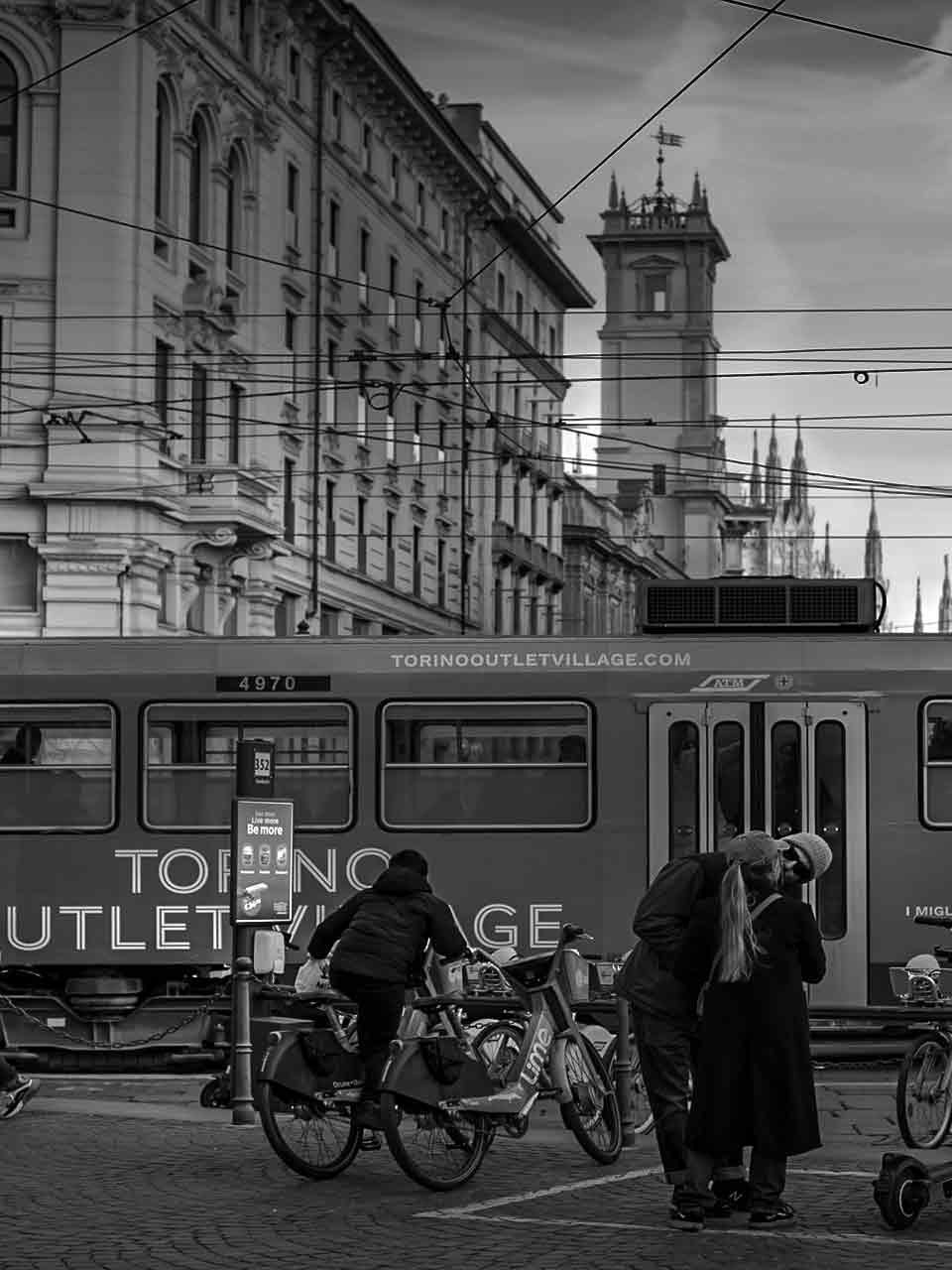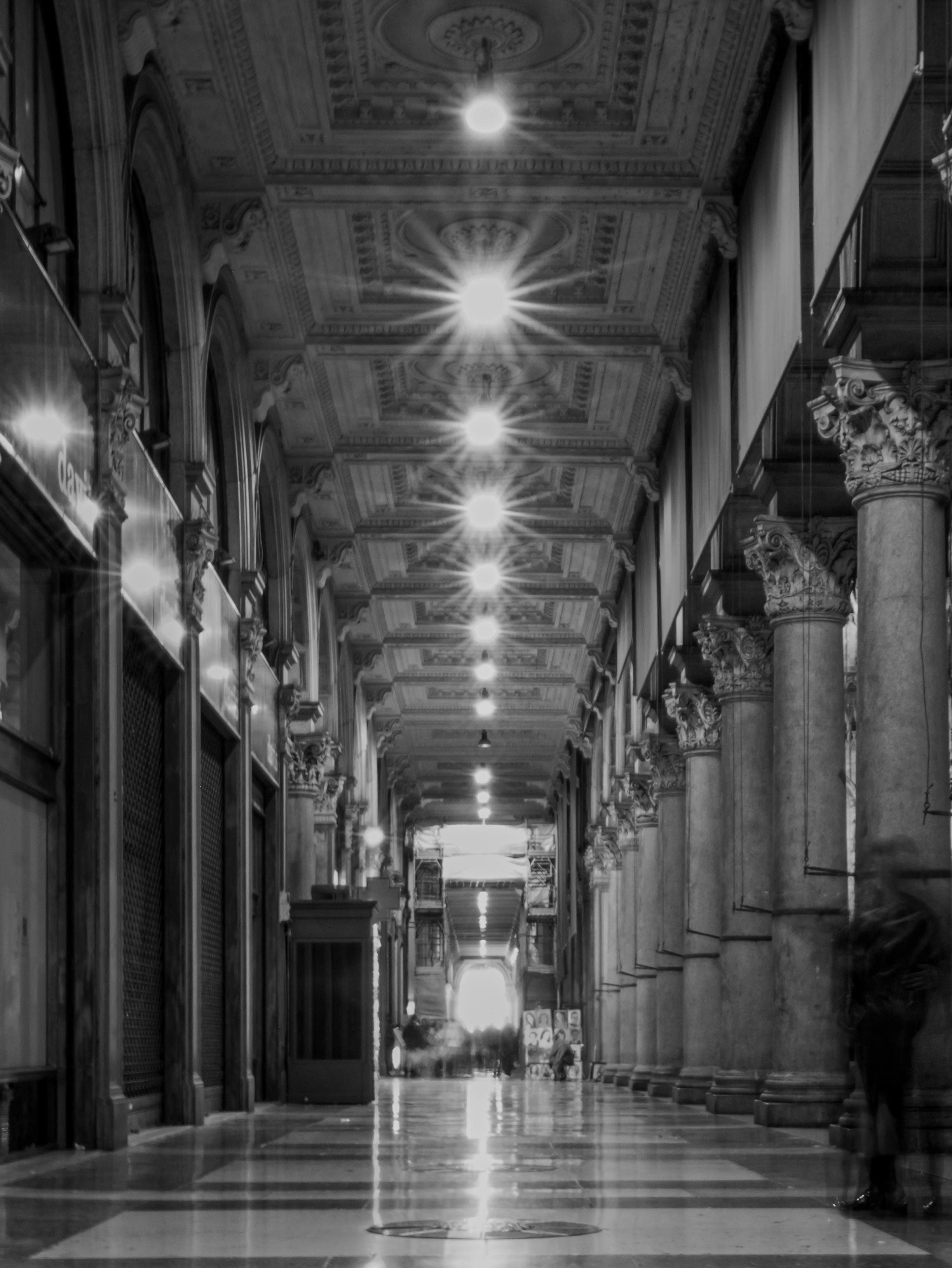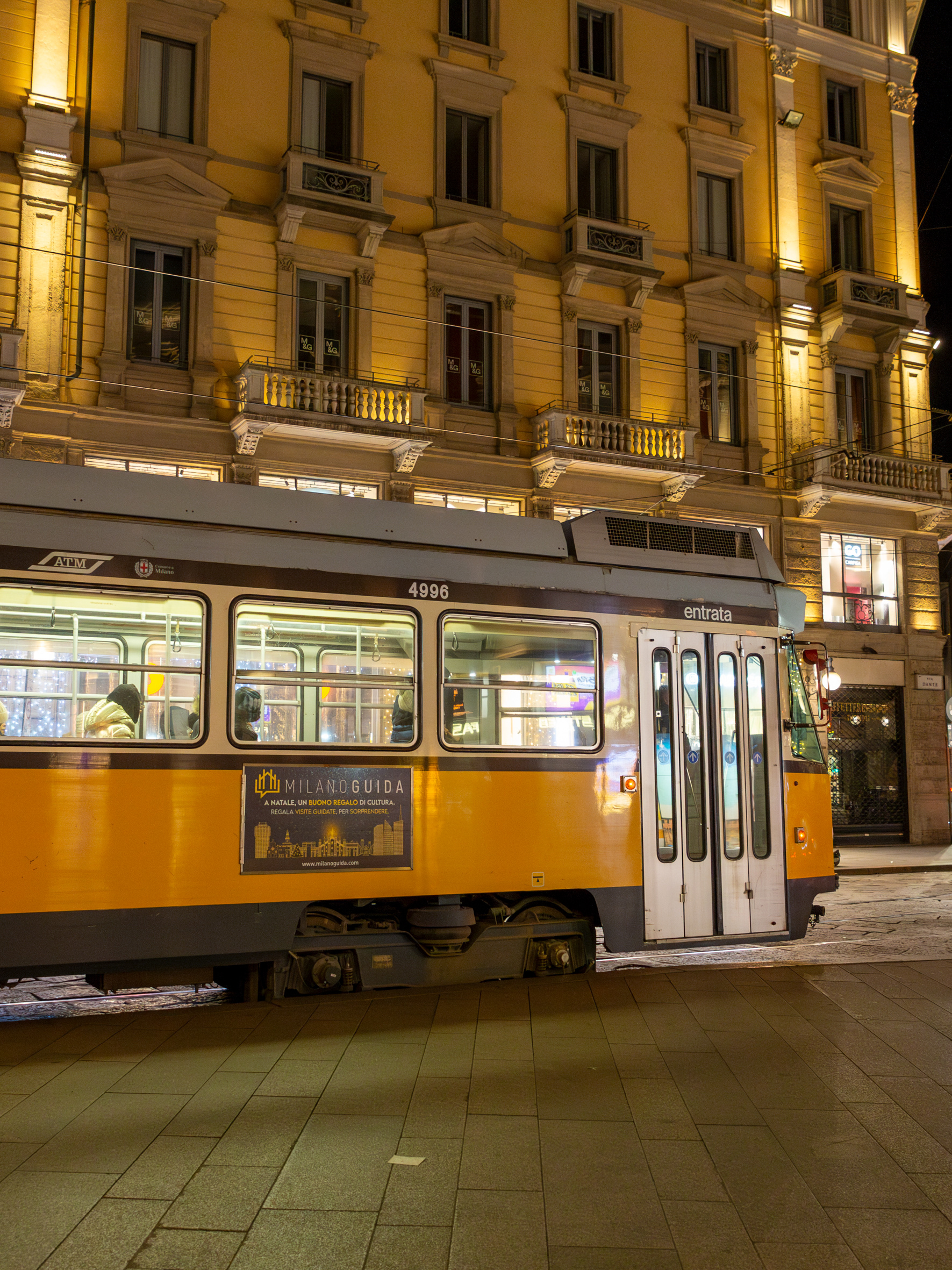Immaginate di aprire e sfogliare un vecchio libro contenente migliaia di figurine che vi proiettano in un tempo che non c'è più. Quelle stesse immagini, se guardate con gli occhi del passato, vi proporranno scenari di tempi lontani, eppure attuali, proponendovi situazioni che si sarebbero realizzate negli anni a venire.
L'idea nasce nel 1872 dalla mente del barone Justus Von Liebig che sceglie di adottare il sistema delle figurine per promuovere il suo estratto di carne, prima regalandole ai clienti e poi distribuendole attraverso una vera e propria raccolta punti. Siamo ancora lontani anni luce dalla pubblicità della Spam (marchio di carne in scatola “spiced ham”) che ha dato origine al termine “spamming”, per niente lusinghiero e per nulla paragonabile al più nobile metodo pubblicitario delle cartoline Liebig.
Il presente progetto nasce da una raccolta di famiglia delle figurine Liebig costituita da quattro volumi. Seppure incompleta, in quanto mancano all'appello diverse serie che in Italia furono edite fin dal 1878, questa raccolta racchiude immagini accattivanti che suscitano vivo interesse e curiosità.
Negli anni successivi alla prima pubblicazione, stante il successo dell'iniziativa, le figurine Liebig furono stampate in diverse lingue: francese, tedesco, italiano, fiammingo, olandese e spagnolo. Le serie stampate in lingua italiana furono ben 1311, alcune delle quali sono una vera rarità. Col 1974 si chiuse la produzione.
Le figurine Liebig rappresentate in questo progetto (serie italiana) sono caratterizzate dalla parte frontale che riporta vignette dai temi più disparati mentre sul retro vi è la dicitura a spiegazione di quanto raffigurato. La firma del barone compare solitamente all'interno, in un angolo della cornice.
Per ogni figurina Liebig ho accostato fotografie che hanno attinenza e/o contrapposizione diretta con la vignetta. La dicotomia così creata diventa una “capsula del tempo” a testimonianza di come il passato trovi un legame indissolubile con il presente ed il futuro.
Imagine opening and flipping through an old book containing thousands of figurines that transport you back to a time that is no more. Those same images, if viewed with the eyes of the past, will offer you scenarios from distant times, yet current, proposing situations that would be realized in the years to come.
The idea was born in 1872 from the mind of Baron Justus Von Liebig, who chose to adopt the figurine system to promote his meat extract, first giving them away to customers and then distributing them through a real points collection. We are still light years away from the advertising of Spam (a brand of canned meat "spiced ham") that gave rise to the term "spamming", not at all flattering and in no way comparable to the nobler advertising method of Liebig postcards.
The present project comes from a family collection of Liebig figurines consisting of four volumes. Although incomplete, as several series that were published in Italy as early as 1878 are missing, this collection contains captivating images that arouse great interest and curiosity.
In the years following the first publication, given the success of the initiative, Liebig figurines were printed in different languages: French, German, Italian, Flemish, Dutch and Spanish. There were 1,311 series printed in Italian, some of which are quite rare. Production closed in 1974.
The Liebig figurines represented in this project (Italian series) are characterized by the front part that shows vignettes of the most disparate themes, while on the back there is the wording explaining what is depicted. The baron's signature usually appears inside, in a corner of the frame.
For each Liebig figurine I have paired photographs that are directly relevant and/or in direct contrast to the vignette. The dichotomy thus created becomes a "time capsule" in testimony to how the past finds an indissoluble bond with the present and the future.**
Il volo a vela
glider flight
Il Carroccio – Storia d’Italia
History of Italy
Citylife, il nuovo mondo
Citylife, the new world
Le Frecce Tricolori, orgoglio dell’Aviazione Italiana
Frecce Tricolori acrobatic team
I ponti – Scozia
the bridges - scotland
I ponti – Oporto (Portogallo)
the bridges - Oporto in Portugal
La conquista della velocità
The Conquest of Speed
Locomotiva
Train


